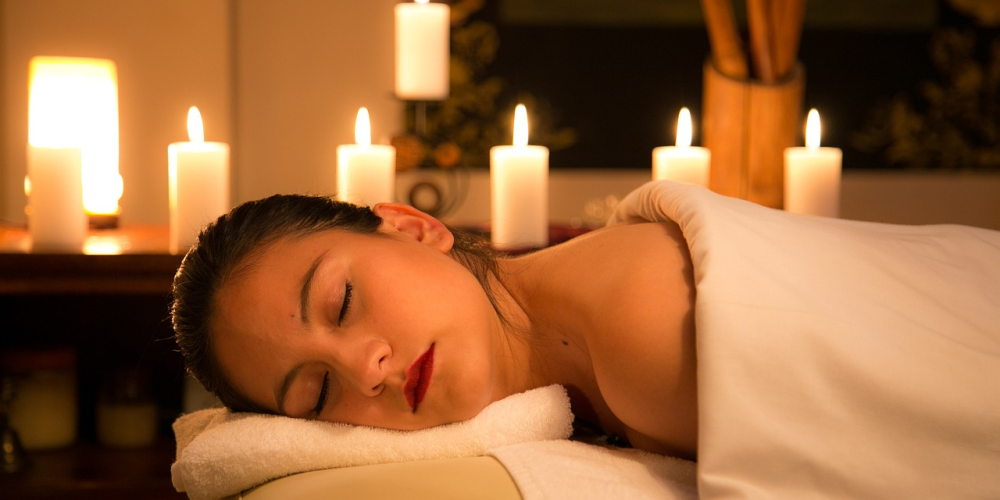For centuries, massage therapy has been celebrated as a powerful tool for stress relief. However, the health benefits of this ancient practice extend far beyond relaxation. In today’s fast-paced world, where tension, fatigue, and chronic pain have become all too common, massage therapy has emerged as a beacon of holistic wellness. Join us as we delve into the multifaceted health benefits of massage, exploring its profound impact on physical health, mental well-being, and overall quality of life.
The Role of Massage Devices in Therapeutic Practice
In the realm of massage therapy, various devices have been developed to enhance the effectiveness of treatments and extend their benefits. These tools range from simple, handheld rollers to high-tech electronic massage chairs. When doing your research about chairs or other devices, it is important to consider the specific massage techniques and modalities that they offer. Some common options include:
- Swedish massage: This technique utilizes long, fluid strokes and kneading motions to promote relaxation and improve circulation.
- Deep tissue massage: Designed to target deep layers of muscle tissue, this modality involves applying sustained pressure to release tension and alleviate chronic pain.
- Sports massage: As the name suggests, this modality is geared towards athletes and involves stretching compression, and joint mobilization to enhance athletic performance and prevent injury.
- Trigger point therapy: Often used in conjunction with other techniques, trigger point therapy focuses on specific points of tension or knots in muscles to alleviate pain and restore range of motion.
Enhanced Circulation through Massage
Massage therapy is a potent weapon against circulatory issues. By applying pressure and employing various techniques, massage encourages blood flow through congested areas, easing the flow of oxygen and nutrients to tissues and organs. This not only helps to regulate blood pressure but also ensures efficient elimination of toxins from the body.

Massage devices, with their diverse modalities, can replicate these benefits, offering an easy and accessible way to improve circulation. For instance, a Swedish massage setting on a device will provide long, fluid strokes that boost circulation, while the deep tissue setting will target the deeper muscle layers, promoting blood flow to these areas. Enhanced circulation isn’t just about physical health—it plays a crucial role in mental clarity and fatigue reduction, too.
Joint Mobility and Massage
Massage therapy significantly contributes to joint mobility by relieving tension and stiffness in muscles surrounding the joints. This relaxation allows for greater freedom of movement and decreased discomfort during physical activity. Furthermore, specific techniques like sports massage and trigger point therapy, often provided by massage devices, can specifically target joints, promoting flexibility and reducing the risk of injury.
Regular massage can even aid in managing chronic joint conditions such as arthritis by promoting circulation and reducing inflammation. Thus, whether enjoying a professional massage or utilizing a massage device at home, the benefits of joint mobility are substantial and should not be overlooked in a comprehensive wellness regimen.
Pain Management and Massage
Massage therapy is an effective approach for managing pain – a reality many individuals living with chronic conditions understand very well. By manipulating the body’s soft tissues, massage can relieve discomfort stemming from various medical conditions, injuries, or strains. Techniques like deep tissue massage and trigger point therapy prove particularly useful in this aspect, as they can target areas of tension, reduce inflammation, and ease muscle pain.

For those using massage devices, the same pain-relieving benefits can be achieved at home. Many devices include settings that mimic the techniques used by massage therapists, allowing for targeted pain management. With regular use, individuals can experience a noticeable reduction in chronic pain, enhancing their quality of life. Whether it’s reducing muscle tension, alleviating the discomfort of arthritis, or mitigating post-operative pain, massage therapy and its device counterparts offer significant potential for pain management.
Improved Sleep Quality Through Massage
The benefits of massage therapy extend into the realm of sleep quality. A good massage can stimulate the production of serotonin, a neurotransmitter that plays a critical role in regulating sleep. This is particularly beneficial for those struggling with insomnia or other sleep-related disorders. Regular massage therapy, whether performed by a therapist or through the use of massage devices, can help reestablish healthy sleep patterns, providing the body with the essential rest it requires to function optimally.
For instance, a gentle Swedish massage before bedtime can help soothe the nervous system, promoting deeper and more restorative sleep. As a result, individuals can wake up feeling refreshed and rejuvenated, further enhancing their overall quality of life. Whether it’s professional therapy or a home massage device, the sleep-improving benefits of massage should not be underestimated in the pursuit of wellness.
In conclusion, while massage therapy is renowned for its stress-relieving properties, it offers a host of other health benefits that should not be overlooked. Whether through the hands of a skilled therapist or the use of advanced massage devices, this ancient practice can enhance circulation, improve joint mobility, aid in pain management, and promote better sleep quality. Incorporating massage into your wellness routine can provide numerous positive and long-lasting effects on your physical, mental, and emotional well-being.





